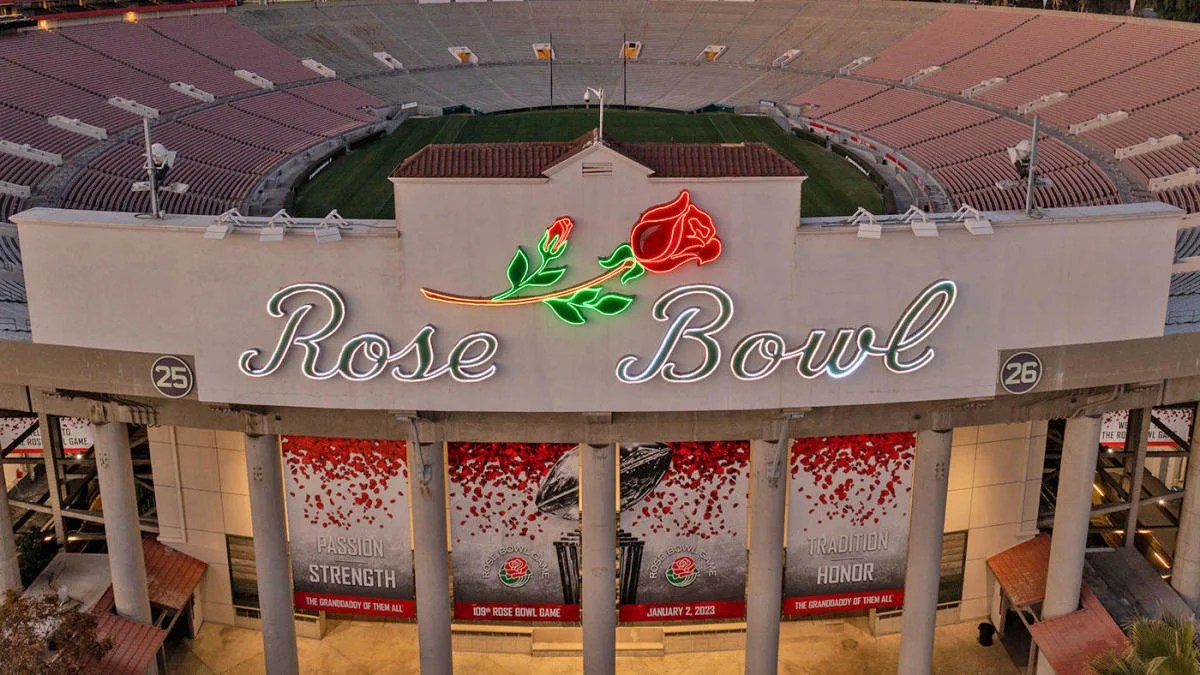The Ultimate Guide To College Bowl Game Payouts: A Comprehensive Breakdown
What are college bowl games payouts? College bowl games payouts are a major source of revenue for college athletic departments. The money generated from these games can be used to fund scholarships, athletic facilities, and other programs that benefit student-athletes. In the 2022-23 season, the College Football Playoff (CFP) will distribute $470 million to participating schools. The Rose Bowl will pay out $20 million to each participating team, while the Sugar Bowl will pay out $19 million. The Orange Bowl and Cotton Bowl will each pay out $18 million to their participants.
The payouts for college bowl games have increased significantly in recent years. In the 2010-11 season, the CFP distributed $220 million to participating schools. By 2022-23, that number had increased to $470 million. The Rose Bowl has also seen its payout increase in recent years, from $17 million in 2010-11 to $20 million in 2022-23.
The increase in college bowl game payouts is due to several factors, including the rising popularity of college football and the increasing amount of money that is being generated from television contracts. The CFP is now one of the most popular sporting events in the United States, and the Rose Bowl is one of the most prestigious bowl games in the country. As a result, these games are able to command high prices from television networks.
The money that is generated from college bowl games can have a significant impact on the financial health of athletic departments. The money can be used to fund scholarships, athletic facilities, and other programs that benefit student-athletes. In addition, the money can be used to support other areas of the university, such as academic programs and research.
College Bowl Games Payouts
Importance of College Bowl Games Payouts
- Provide financial support to athletic departments
- Fund scholarships for student-athletes
- Support academic programs and research
- Generate revenue for local businesses
Factors Affecting College Bowl Games Payouts
- Popularity of the game
- Television ratings
- Sponsorship deals
- Ticket sales
Historical Context of College Bowl Games Payouts
The first college bowl game was played in 1902, and the payouts have been increasing ever since. In the early days, bowl games were small events that were played in front of a few thousand fans. Today, bowl games are major sporting events that are watched by millions of people around the world. The increase in popularity of bowl games has led to a significant increase in the amount of money that is paid out to participating teams.
The College Football Playoff was created in 2014, and it has quickly become one of the most popular sporting events in the United States. The CFP has also led to a significant increase in the amount of money that is paid out to participating teams. In the 2022-23 season, the CFP will distribute $470 million to participating schools.
FAQs on College Bowl Games Payouts
This section provides answers to frequently asked questions about college bowl games payouts, offering valuable insights for those seeking further clarification on the topic.
Question 1: What factors influence the payouts for college bowl games?
Answer: Several factors contribute to the payouts for college bowl games, including the popularity of the game, television ratings, sponsorship deals, and ticket sales. High-profile bowl games with strong viewership and lucrative sponsorship agreements command larger payouts.
Question 2: How have payouts for college bowl games changed over time?
Answer: Payouts for college bowl games have witnessed a significant increase over the years, driven by the rising popularity of college football and the increasing revenue generated from television contracts. The College Football Playoff (CFP), established in 2014, has further contributed to the growth in payouts, with participating teams receiving substantial financial rewards.
In summary, college bowl games payouts play a significant role in supporting athletic departments, funding scholarships, and generating revenue for local businesses. Understanding the factors that influence these payouts and their historical evolution provides a comprehensive perspective on this aspect of college football.
Conclusion
College bowl games payouts have become a substantial source of revenue for athletic departments, enabling them to support scholarships, athletic facilities, and other programs that benefit student-athletes. The rising popularity of college football and the increasing revenue generated from television contracts have contributed to the significant growth in payouts over the years.
The financial rewards associated with bowl games have a meaningful impact on the financial health of athletic departments. The revenue generated can be strategically invested in scholarships, ensuring access to higher education for talented student-athletes. Additionally, investments in athletic facilities enhance the training and competitive environment for student-athletes, promoting their overall development and success.
As college football continues to captivate audiences, the importance of bowl games and their financial implications will only continue to grow. Bowl games provide a platform for student-athletes to showcase their skills on a national stage, while also generating revenue that supports the advancement of college athletics.
The Latest And Greatest Aphmau Videos: Your Daily Dose Of Entertainment
Understanding Synovial Fluid: Its Role And Importance
The Ultimate Guide To Evaporation: Understanding The Barriers To Water Conversion

